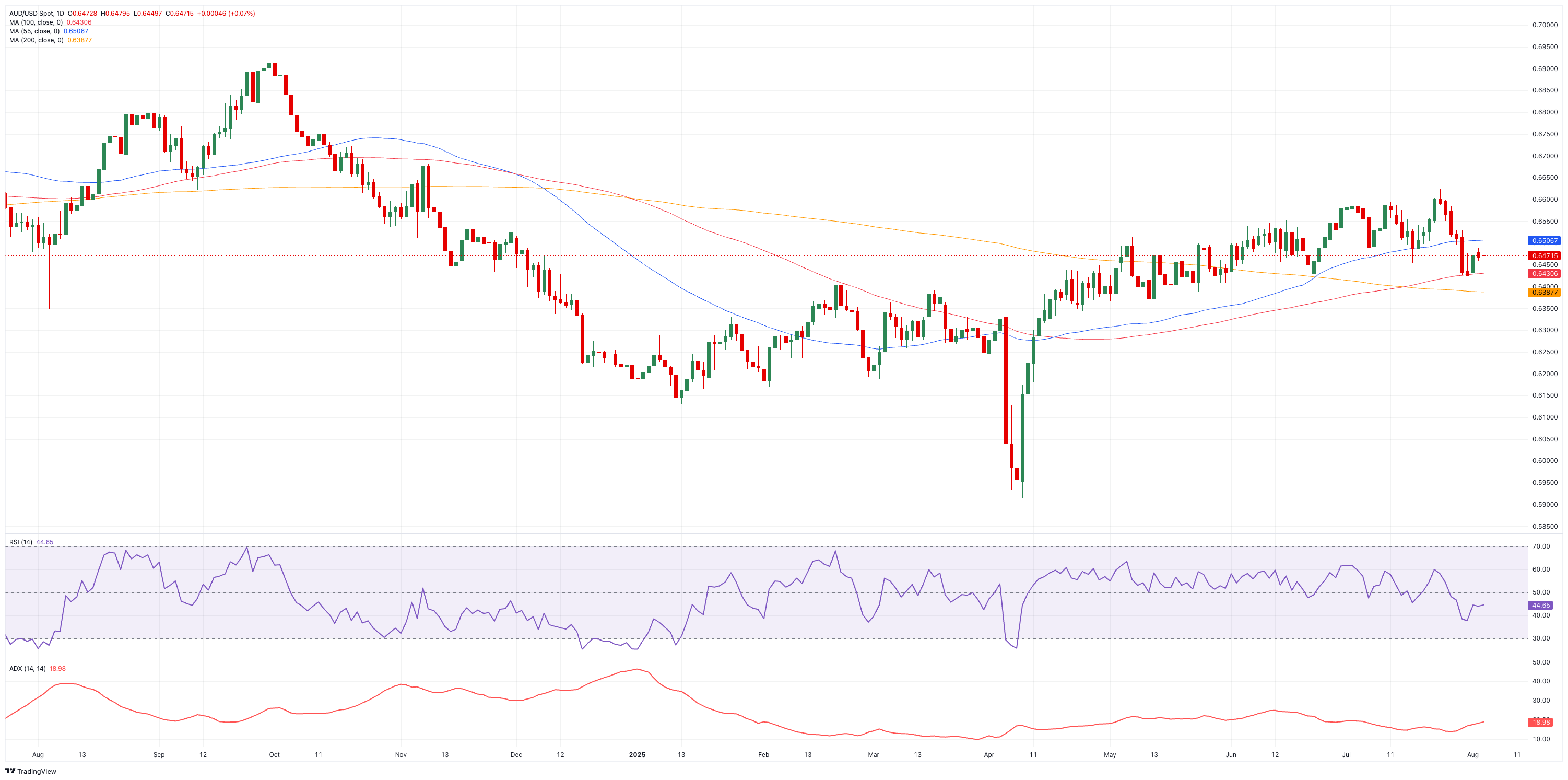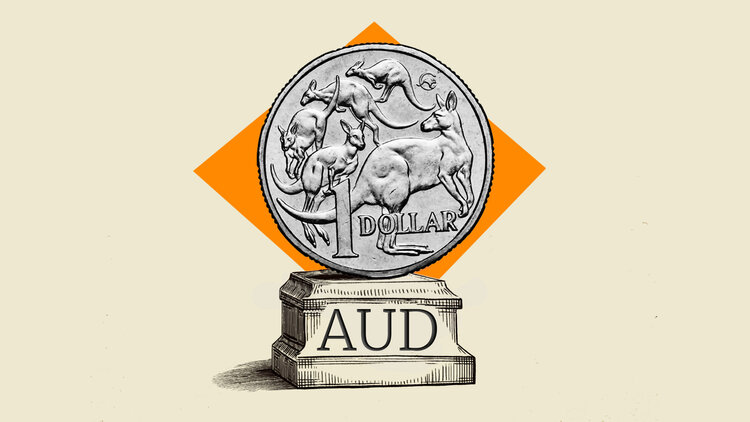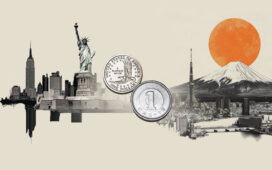- AUD/USD kept the vacillating price action below the 0.6500 hurdle on Tuesday.
- The US Dollar struggled to sustain the initial bull run amid trade and Fed jitters.
- Australia’s final PMIs came in on the strong side. China’s service sector remains firm.
The Australian Dollar (AUD) struggled to gather fresh traction on Tuesday, with AUD/USD alternating gains with losses below the 0.6500 mark. The pair’s irresolute price action came amid an equally inconclusive performance of the US Dollar (USD).
Mixed economic signals at home
Inflation in Australia remained stubborn in the second quarter, with the headline Consumer Price Index (CPI) up 0.7% QoQ (2.1% YoY) and June’s monthly CPI indicator at 1.9%. The Reserve Bank of Australia’s (RBA) preferred gauge—its trimmed-mean measure—rose 0.6% QoQ (2.7% YoY), showing only marginal relief in core price pressures.
By contrast, the final PMIs offered a glimmer of promise: the manufacturing PMI rebounded to 51.6 and the services PMI to 53.8, comfortably above the 50-point threshold that signals expansion. Retail sales also showed a significant increase, rising 1.2% in June. Yet the labour market showed clear signs of cooling, with just 2K jobs added last month, lifting unemployment to 4.3% as workplace participation ticked up to 67.1%.
The RBA holds fire—for now
Earlier this month, the RBA kept its cash rate at 3.85%, a move Governor Michele Bullock described as “one of timing rather than direction.” She reiterated that the central bank stands ready to cut rates if inflation continues its gradual descent. Markets are currently projecting a rate reduction of approximately 75 basis points for the upcoming year, and an August cut remains a possibility, albeit not a certainty. Deputy Governor Andrew Hauser called June’s inflation figures “very welcome” and emphasised the bank’s commitment to a measured easing path.
China’s uneven recovery
Australia’s largest trading partner remains on shaky ground. Q2 GDP in China grew 5.2% YoY, and industrial output rose 7%, but retail sales failed to keep pace, languishing below 5% growth. Beijing has held its one- and five-year Loan Prime Rates (LPR) at 3.00% and 3.50%, respectively.
July’s official (NBS) manufacturing and non-manufacturing PMIs dipped to 49.3 and 50.1, underscoring the fragility of the rebound, although the Caixin PMIs showed mixed results, easing to 49.5 and improving to 52.6, respectively.
Divergent monetary policies weigh on AUD/USD
With the Federal Reserve’s (Fed) signalling a cautious approach to taming US inflation—and trade tensions simmering—yield differentials continue to press down on the Aussie.
Meanwhile, the RBA’s flirtation with rate cuts has left AUD/USD pinned within its familiar summer trading range.
Positions signal caution
Data from the US Commodity Futures Trading Commission (CFTC) to July 29 show speculators trimming their short positions in the Australian Dollar, leaving net bearish bets at just over 78K contracts—two-week lows—while overall open interest eased to around 159.7K contracts.
Key technical thresholds
Looking higher, the YTD peak at 0.6625 (July 24) serves as the first barrier, followed by the November 2024 high of 0.6687 (November 7), all before the crucial 0.7000 threshold.
On the downside, support comes in at the August base at 0.6418 (August 1), ahead of the 200-day simple moving average (SMA) at 0.6390, all preceding the June trough at 0.6372 (June 23).
As for the technical indicators, the Relative Strength Index (RSI)—hovering around 45—hints at a slight downward tilt, while an Average Directional Index (ADX) near 19 suggests the current trend still lacks real conviction.

What comes next
The Australian Dollar is likely to drift within its recent 0.6400–0.6600 range—waiting for a fresh catalyst to spark the next major breakout—unless there is a surprise rebound in economic activity in China, a shift in Fed guidance, or an unexpected move from the RBA.
RBA FAQs
The Reserve Bank of Australia (RBA) sets interest rates and manages monetary policy for Australia. Decisions are made by a board of governors at 11 meetings a year and ad hoc emergency meetings as required. The RBA’s primary mandate is to maintain price stability, which means an inflation rate of 2-3%, but also “..to contribute to the stability of the currency, full employment, and the economic prosperity and welfare of the Australian people.” Its main tool for achieving this is by raising or lowering interest rates. Relatively high interest rates will strengthen the Australian Dollar (AUD) and vice versa. Other RBA tools include quantitative easing and tightening.
While inflation had always traditionally been thought of as a negative factor for currencies since it lowers the value of money in general, the opposite has actually been the case in modern times with the relaxation of cross-border capital controls. Moderately higher inflation now tends to lead central banks to put up their interest rates, which in turn has the effect of attracting more capital inflows from global investors seeking a lucrative place to keep their money. This increases demand for the local currency, which in the case of Australia is the Aussie Dollar.
Macroeconomic data gauges the health of an economy and can have an impact on the value of its currency. Investors prefer to invest their capital in economies that are safe and growing rather than precarious and shrinking. Greater capital inflows increase the aggregate demand and value of the domestic currency. Classic indicators, such as GDP, Manufacturing and Services PMIs, employment, and consumer sentiment surveys can influence AUD. A strong economy may encourage the Reserve Bank of Australia to put up interest rates, also supporting AUD.
Quantitative Easing (QE) is a tool used in extreme situations when lowering interest rates is not enough to restore the flow of credit in the economy. QE is the process by which the Reserve Bank of Australia (RBA) prints Australian Dollars (AUD) for the purpose of buying assets – usually government or corporate bonds – from financial institutions, thereby providing them with much-needed liquidity. QE usually results in a weaker AUD.
Quantitative tightening (QT) is the reverse of QE. It is undertaken after QE when an economic recovery is underway and inflation starts rising. Whilst in QE the Reserve Bank of Australia (RBA) purchases government and corporate bonds from financial institutions to provide them with liquidity, in QT the RBA stops buying more assets, and stops reinvesting the principal maturing on the bonds it already holds. It would be positive (or bullish) for the Australian Dollar.




